Those two things aren't related.
The initial value of a property refers to the CSS-defined default value for that property. Every single CSS property has an initial value, regardless of element type, because CSS properties aren't tied to elements of any document language in any way. This initial value is intended as a default value for unrecognized elements, to guarantee that every element has a value for every property for the purposes of the cascade and therefore ensure that a browser knows how to render that unrecognized element as it encounters it.
The so-called "default value" of a property is just an arbitrary value set by a browser in its UA default stylesheet. The HTML5 spec contains a reference document on what default values should apply to what HTML elements, which browsers follow mostly, but this is completely unrelated to CSS's concept of an initial value (nor does it contradict its definition of initial value, because it defines default styles separately as "user-agent-level styles").
"Applies to", on the other hand, is unrelated to the initial value. Even if a property only applies to certain types of elements, those elements will always have every single CSS property, including properties that don't apply to them. What "Applies to" actually means is "Has effect on". If a property doesn't apply to an element, it simply means that it has no effect.
For example, you may find that the flex property only applies to flex items. However, every single element has a flex property, regardless of whether it's actually a flex item, and they pretty much all have its initial value simply because I'm not aware of any UA styles altering its value from the initial value for any element. You could still set an arbitrary value on an element that isn't a flex item, and it simply would have no effect — but you could, for example, force flex items that are children of this element to inherit this value with flex: inherit (you wouldn't actually do this, I'm just stating an example).
In fact, a real-world example of this exists in the ul and ol elements — many authors (including myself) set list styles on those elements, when really the list markers you see belong to their li children that are inheriting their list styles, since list styles only apply to list-items and ul and ol are not themselves list items.
And as mentioned, W3Schools isn't official documentation. To save you any more confusion, assume W3Schools does not exist. Continue using MDN if it is easier to understand, but always cross-reference with the official specs located at w3.org and whatwg.org (which MDN usually does a good job linking to, it pretty much never links to W3Schools).
